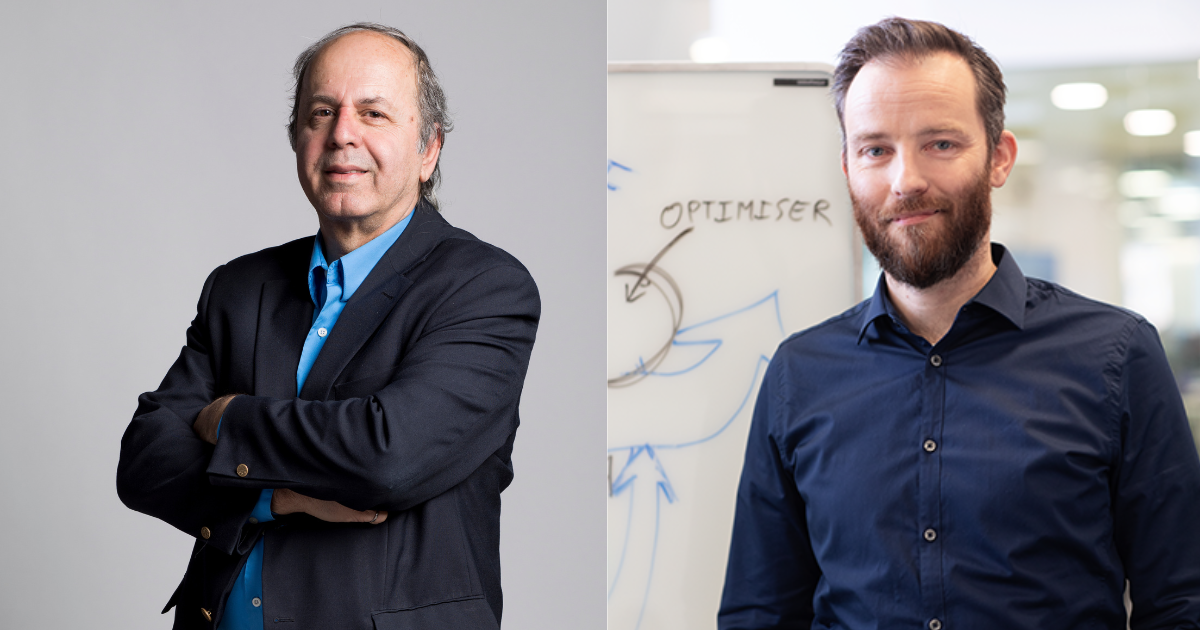
Keywords: Rotary spinning, microfibers, non-woven textile, melt, design
Medical masks are made of non-woven textiles, with randomly aligned fibers that facilitate the capture of unwanted particles. Non-woven textiles are mainly produced by hot-melt blow molding due to its high yield. However, this process is energy-intensive, as it requires compressed air to extrude the polymer. In addition, the air must be heated up to the forming temperature of the polymer. For polypropylene—the polymer used to manufacture masks—the heating temperature can reach up to 322 °C [1]! Rotary extrusion has the potential to overcome these limitations.
Rotary Spinning, an Overview
Rotary spinning is a process that is very similar to cotton candy production, where centrifugal force extrudes molten polymer through tiny holes to produce plastic fibers. Fibers can be produced either by dissolving the plastic in a solvent solution, or by melting it at high temperatures. This study focuses solely on melting, since the final product will end up on the face, so a total absence of solvent is preferable.
Fiber production for non-woven fabrics is done in three stages. First (Figure 1a), thermoplastic pellets melt in the heated rotating die head, and are extruded through nozzles by centrifugal force. Second (Figure 1b), the extruded polymer forms a long jet where centrifugal and viscous forces oppose each other, allowing the jet to stretch and cool until it becomes a solid fiber. Finally, the complete solidified fiber reaches the collector, where all fibers are recovered. This is a continuous process.

Interest of This Research
While most researchers build their own prototype and share the critical production parameters of the process (rotational speed, heating temperature, nozzle diameter, etc.), they don’t share enough information to enable others to craft their own equipment. This makes it difficult to reproduce experimental trials. Furthermore, most commercial machines are unsuitable for melting due to design challenges. To address these shortcomings, we built a customizable hot rotary spinning machine, and are sharing manufacturing instructions with the scientific community [2].
Features of the Scientific Die
The design of the scientific die (Figure 2) is inspired by a commercial cotton candy machine, with the basic die replaced by a die manufactured by our research team. The ingenuity of this machine lies in its level of customizability.

The rotating funnel attached to the die in Figure 2 and Figure 3 allows continuous fiber production, but can also be easily removed. The die is heated by two heating cartridges reaching up to 250 °C (Figure 2). Heat loss is reduced by the cover placed over the collector (Figure 3). As we are using the motor of a cotton candy machine, rotation speed is limited to 3,450 rpm. Therefore, it is mainly the heating temperature that controls fiber morphology. The temperature is read by the infrared sensor located above the die, as shown in Figure 3. A PDI (proportional, derivative and integral) program is used to maintain heating at the desired temperature during production.

There are various die geometries for polymer extrusion by rotary spinning, but the most common are made with and without nozzles. The nozzle extrusion geometry shown in Figure 4a is the most conventional. In this geometry, the molten polymer is extruded through two small interchangeable nozzles used in 3D printers. The nozzle geometry offers better control over fiber diameter, but its deliverability is low due to the limited number of nozzles.
In the extrusion geometry without nozzles, shown in Figure 4b, access to the nozzles is blocked. The rotating funnel is raised with washers to allow the melt to flow through the gap between the funnel and the die. The melt is extruded when it reaches the edge of the die. This geometry has the advantage of increasing productivity, since extrusion is no longer limited by the number of nozzles, but it makes it more difficult to control fiber diameter.

Example of Results
Figure 5 below is an example of PP fibers produced with the scientific die. Optimal parameters were not determined in this work [2], as they were outside the scope of the first part of this research, on rotary spinning.

Conclusion
In conclusion, we built a customizable hot rotary spinning machine to produce fibers with different extrusion geometries. The temperature can be stabilized using an infrared sensor. In addition, continuous fiber production is made possible by a rotating funnel. Future research on this project will analyze the melt index effect on polypropylene fibers, produced with the different extrusion geometries of the scientific die.
References
[1] J. Drabek et M. Zatloukal, « Meltblown technology for production of polymeric microfibers/nanofibers: A review », Phys. Fluids, vol. 31, no 9, p. 091301, sept. 2019, doi: 10.1063/1.5116336.
[2] J. Gunther et al., « A versatile hot melt centrifugal spinning apparatus for thermoplastic microfibres production », HardwareX, sept. 2023, Consulté le: 29 août 2023. [En ligne]. Disponible à: https://www.hardware-x.com/art...(23)00061-5/fulltext



